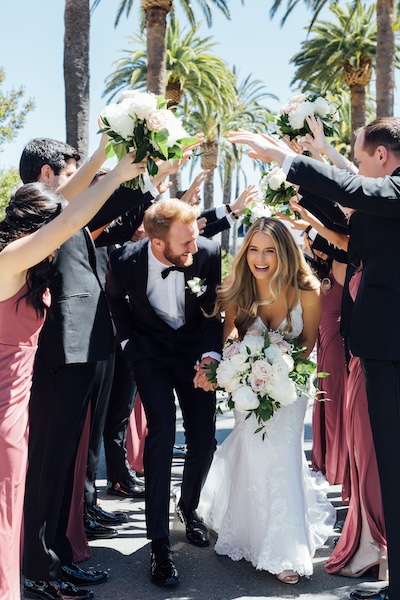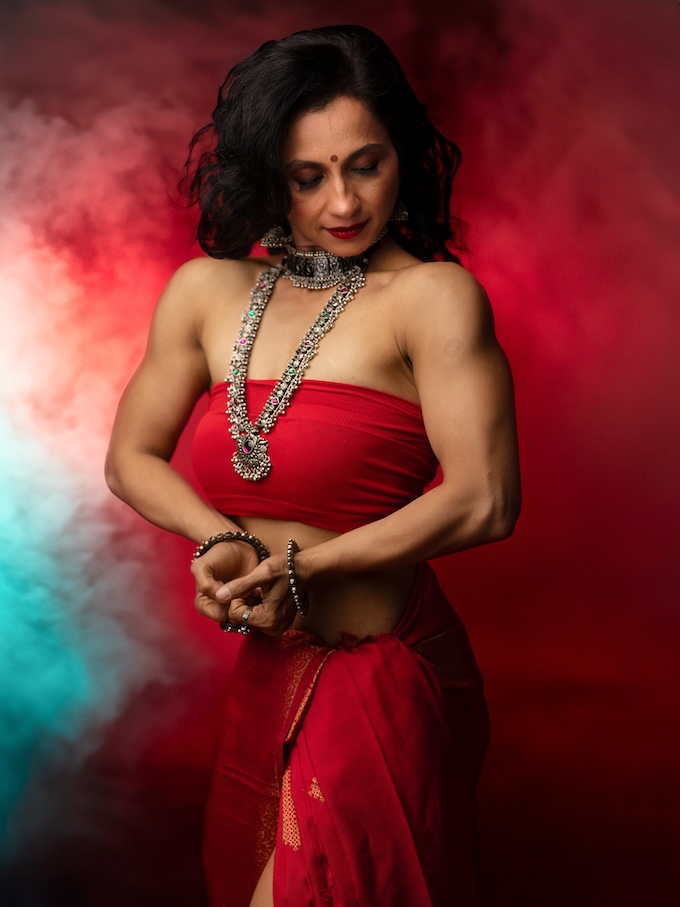Business + Marketing
If you’re interested in working with more clients in the LGBTQ+ community, one of your early challenges may be a lack of diversity within your existing wedding photography portfolio. Building an LGBTQ+ inclusive photo business relies on having photos of LGBTQ+ clients, but most couples are hesitant to book a photographer who doesn’t show any experience working in the community.
With a bit of creativity and good intentions, you can still build up an inclusive portfolio that showcases your openness to work with people from all walks of life. Here are a few ways to create a brand presence that feels welcoming and accepting of all.
Lean On Your Network

If you don’t have much to add to your portfolio in the way of LGBTQ+ content, it can still help to be associated with equality-minded partners that are welcoming to all.
Jennifer Cortiella says she makes a point of working with vendors who’ve historically served the LGBTQ+ community. “My videography partner, Modern Love Productions, with whom I offer bundled photography and video services, is run by an LGBTQ+ couple,” Cortiella says. “I’ve found that this also helps LGBTQ couples feel comfortable, welcome and know that I am an inclusive wedding vendor.”
[READ: Why You Should Be Labeling Yourself in an LGBTQ Wedding Photography World]
In addition to including this information on your website, you may also earn spots on the vendor lists of colleagues that are LGBTQ+ friendly. All it takes is a handful of vendor referrals to start expanding your client base and diversifying your portfolio accordingly.
Update Your Website

If you haven’t yet worked with LGBTQ+ clients, you can always communicate your equal-mindedness by directly stating so on your website in your About section, or sharing a badge on your site (such as the one that Love Inc. has for its preferred vendors).
[READ: LGBTQ+ Inclusive Language Guide for Wedding Vendors]
Within a few seconds of visiting Kathryn Cooper‘s website, the photographer says, you see photos of what she calls “my real clients,” people “who represent couples of all ethnicities, sexual orientations and styles. I have testimonials from different types of clients, profile many different couples from the community, and make sure my social media is up to date with people of all orientations, races and religions. I’m sure I’ve lost clients with my pro-LGBTQ+, welcoming-to-all stance, but those people aren’t my ideal clients anyhow.”
In addition to photos, testimonials and your About page, consider publishing a few blog posts about things like LGBTQ+ trends, LGBTQ+ engagement shoot ideas, and other inclusive topics. It’s important for your website visitors to see content that they can relate to while planning their celebration.
On the Subject of Styled Shoots…

As with any marginalized community, you want to make sure that you’re appropriately representing the demographic and giving work to models who fall within that demographic. If at all possible, you should always opt to work with actual LGBTQ+ models when doing an LGBTQ+ shoot. If you’re not the one booking the models, express this to the organizer.
[READ: How Photographers Can Improve Working with LGBTQ+ Community]
“When this happens to me, it is queer appropriation,” says photographer Judson Rappaport. “Our identities are not Halloween costumes. One of the first things you do is reach out to the organizer and explain that LGBTQ+ people’s lives are not a role to be played. This is your time as an ally to step up! They may be well-intentioned in trying to showcase an LGBTQ+ couple, but it won’t have an authentic and affirming impact.”
Using straight models for an LGBTQ+ shoot is harmful, as it comes across as performative and inauthentic.
Rappaport continues: “This is also a great opportunity to start a larger dialogue within your wedding vendor community on Facebook or Instagram about this tokenization. I’m not advocating to cancel anyone, but I think it is important to create a broader, more expansive understanding of these mistakes so that wedding vendors don’t continue to tokenize our community.”
Just bear in mind that an inspiration shoot is not advised necessarily as a strategy to build your LGBTQ+ portfolio, especially if the intention is to add different types of couples in order to tap into a new revenue stream. You also run the risk of tokenism, which is promoting to specialty subgroups without being genuine by using a limited number of couples from a subgroup to represent a larger trend. Overtly marketing yourself as an ally in order to grow your business will have the opposite effect, and it stunts the growth of progress in the wedding industry. Ultimately, if you’re doing inspiration shoots to gain new clients, then you’re doing it incorrectly.
Limited experience working with the LGBTQ+ community is not an excuse to avoid a whole section of the market, especially if you’re an equality-minded individual that wants to help all couples celebrate their love. This is no trend or fad; the wedding industry will only progress forward, so there’s no better time to prioritize inclusivity than right now.
Brittny Drye is the founder and editor-in-chief of Love Inc., one of the leading equality-minded wedding blog and digital publication. Her inclusive efforts have been celebrated by the New York Times, The Advocate, OUT Magazine, Refinery29, NY Daily News, Cosmopolitan, and more.





